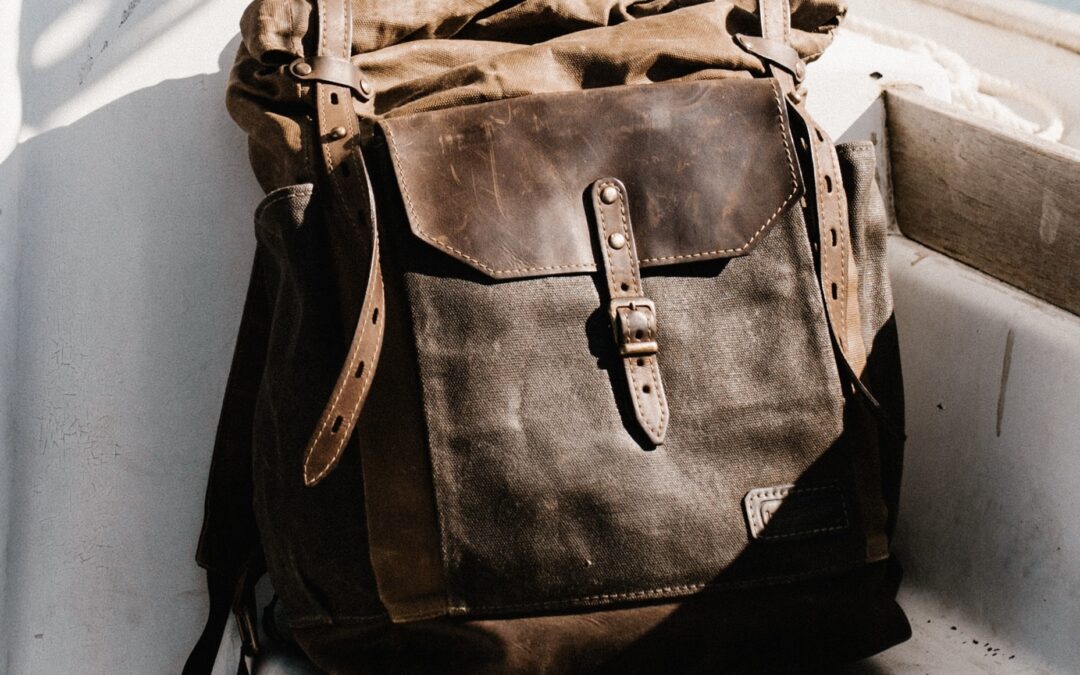
The bag – An anecdote
Peter and Claudia decided not to see each other for a while. Claudia needed time to think if she wanted to continue with the relationship commitment at her young age. The separation had done her good. They had agreed to talk soon to see if they wanted to stay together. It never came to that. On his way home, after an evening meeting from work, Peter died in an accident. Claudia was completely devastated. Why? (did it have to be this way)? She hadn’t had time to say that she loves him and that she wanted to move forward with him..
Eight months later, his parents gave her his bag, which had been released by the police. The three of them unpacked it together. Curious to see what’s inside. It contained his books of his work and two deodorants. She is very happy with the deodorants, the smell reminds her of him. There was also a ‘kinder egg’ in it, which made them laugh. It turned out to contain nothing but some mustard seeds. To this day, it is a mystery to her why he put mustard seeds in the egg. She can’t ask him (anymore).
On the way home, she is surprised that there is so much laughter despite the sadness. Once home alone, she puts the bag down and immediately the intensity of the loss overwhelms her again.
Grief can be overwhelming at unexpected moments after the loss of a loved one. Sometimes the trigger is a comment from someone or a memory triggered by something or as in this anecdote, the bag. If you can, don’t push back this grief and let it be there. By allowing it and staying with it, it will slowly subside and some space will be created.
If the grief remains repeatedly overwhelming and there is little to no change in how you feel, it is advisable to seek support in dealing with your loss.
The names used are fictitious.
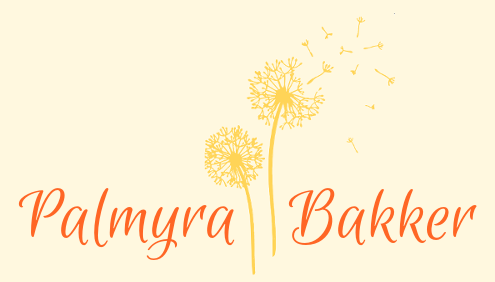
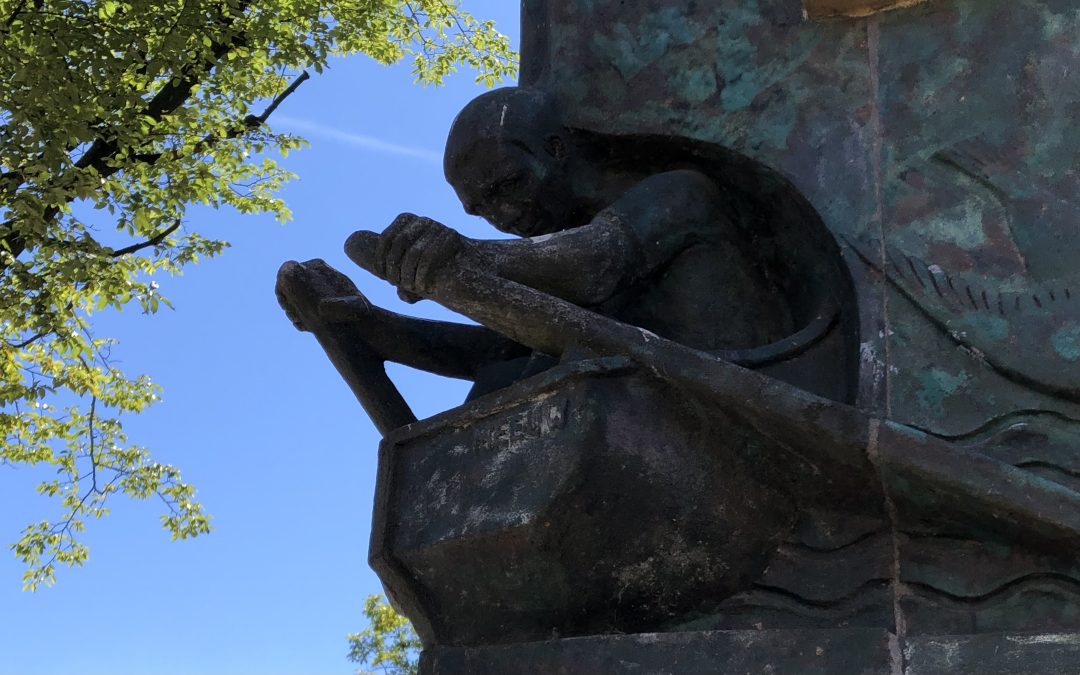
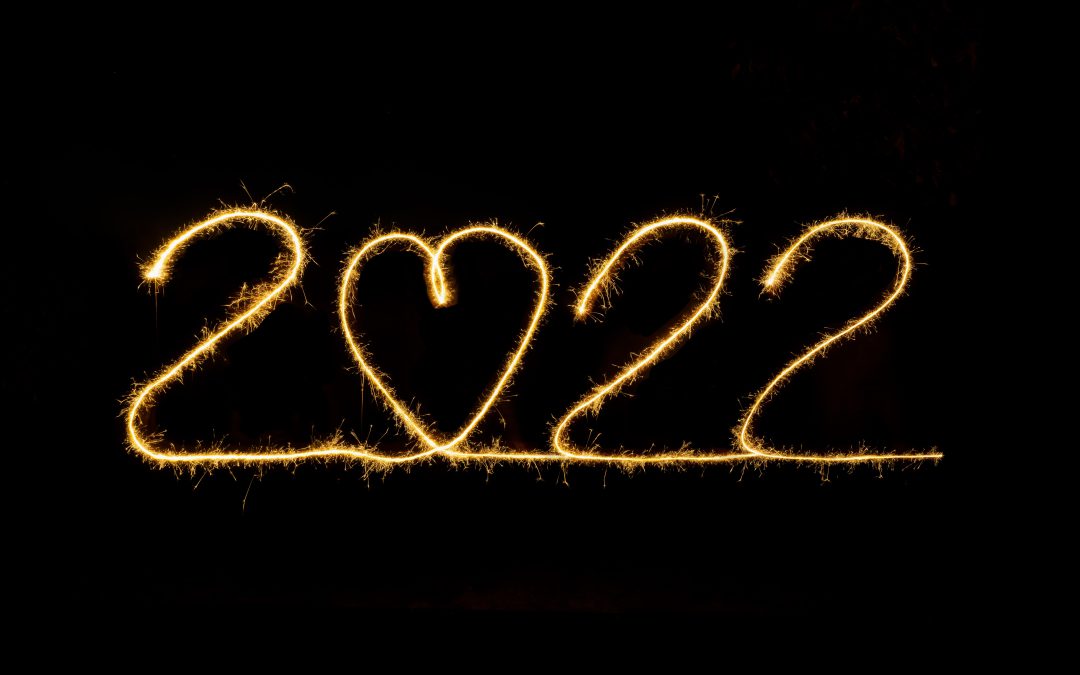
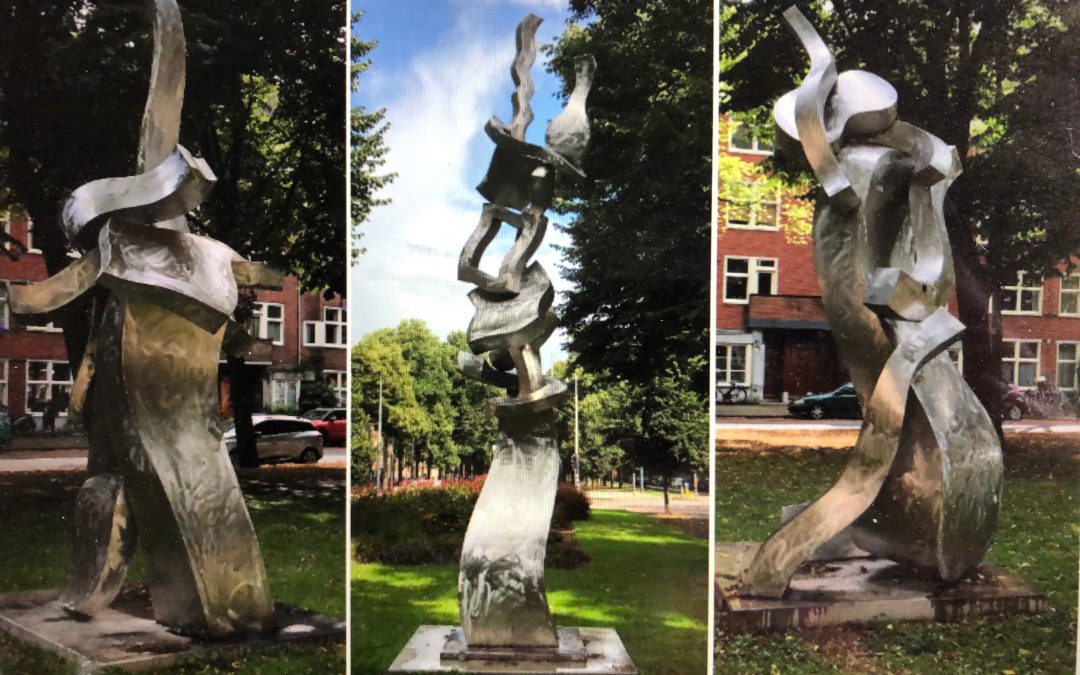
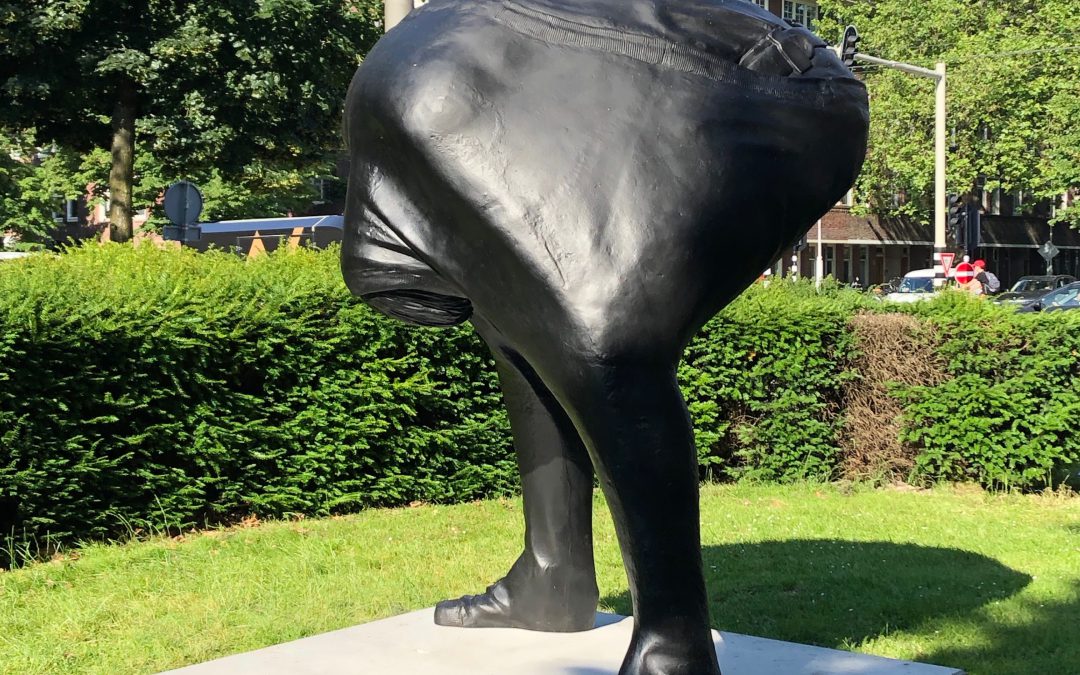
Recent Comments